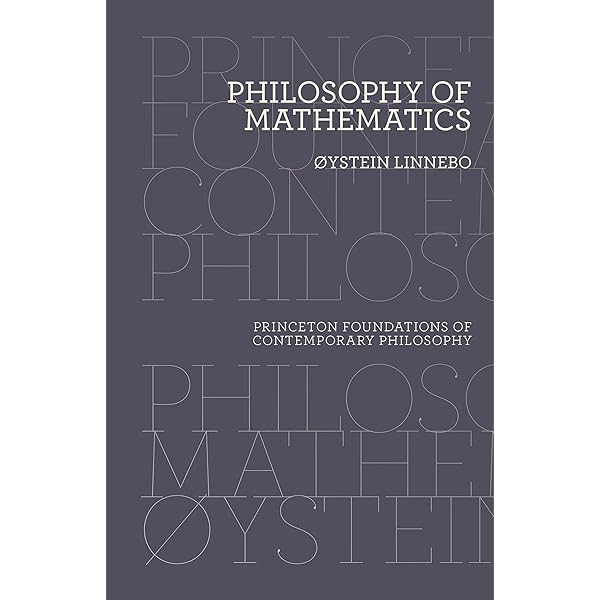
# Galileo’s *Discorsi*: The Bedrock of Modern Physics
## Introduction
Galileo Galilei’s *Discorsi e Dimostrazioni Matematiche, intorno a due nuove scienze* (*Discourses and Mathematical Demonstrations Relating to Two New Sciences*), released in 1638, is regarded as one of the most impactful texts in the physics domain. Written in a conversational format, the book delves into two principal aspects of physics: material strength (statics) and the dynamics of motion, which were crucial in forming the foundation for contemporary mechanics. Although the work was completed towards the conclusion of Galileo’s scientific career, a substantial portion of the inquiry occurred earlier during his time as a faculty member at the University of Padua.
While Galileo rightfully garners accolades for his advancements in physics, it is essential to acknowledge that his research was built on the frameworks established by previous scholars. His genuine originality resided not in the theories themselves but in his experimental methodology—his capacity to furnish systematic empirical proof to support his theoretical assertions. This article will examine the importance of *Discorsi*, Galileo’s experimental techniques, and the enduring impact of his findings.
—
## The Layout of *Discorsi*
The *Discorsi* is segmented into four parts, organized as four “days” of discussions. The first two days are predominantly concerned with material strength, while the last two days explore motion, especially naturally accelerated motion and projectile trajectory.
### **Days I & II: Material Strength**
The initial two segments of *Discorsi* scrutinize the behavior of materials under pressure, specifically concepts related to the fracturing and bending of beams. This segment of physics, now referred to as statics, set the stage for subsequent innovations in engineering and material sciences.
### **Days III & IV: Motion Principles**
The discussions held during the third and fourth days constitute Galileo’s most lasting contributions to physics: the principles governing falling bodies and projectile motion. These discussions laid down the mathematical principles that regulate acceleration and motion, anticipating Isaac Newton’s subsequent laws of motion.
—
## Contributions to Motion Research
### **Principles of Falling Bodies**
A core focus in *Discorsi* is the examination of naturally accelerated motion—where an object, like a ball or a descending stone, progressively accelerates. For centuries, philosophers and scientists have speculated on the essence of motion, but it was Galileo who systematically validated the mathematical rules governing freefall.
Galileo articulated the principle that in freefall, acceleration is constant, indicating that an object’s velocity increases by consistent increments over equal time intervals. He expressed this as:
> “A motion is deemed equally or uniformly accelerated when, commencing from rest, its momentum receives equal additions in equal durations.”
This definition enabled Galileo to arrive at two significant conclusions:
1. The speed of a falling object is directly proportional to the time of descent.
2. The distance covered by a falling object is proportional to the square of the elapsed time (*s ∝ t²*).
In mathematical terms, for an object descending from rest under consistent acceleration (*g*), Galileo’s laws can be outlined as:
– ( v = gt ) (Velocity increases linearly over time)
– ( s = frac{1}{2}gt^2 ) (Distance traveled grows with the square of time)
These insights challenged the long-held Aristotelian perspective, which asserted that heavier objects fall more swiftly than lighter ones. Through experiments involving inclined planes, Galileo showed that in the absence of air resistance, all objects descend at an equivalent rate.
### **The Inclined Plane Experiment**
In the era before accurate timekeeping mechanisms, it was impractical to quantify the time interval of an object in true freefall. Galileo devised a clever alternative—he utilized inclined planes to roll balls, thereby moderating acceleration and facilitating measurement.
He detailed his approach in *Discorsi*:
– A lengthy, smooth wooden board with a grooved pathway was employed.
– A metal ball was rolled down the groove from varying heights.
– Temporal measurements were obtained using a water clock (a method based on monitoring water flow over time).
– Through multiple trials, the connection between time and distance was verified, affirming his new motion laws.
Initially, some historians, including Alexandre Koyré, questioned whether these experiments were conducted, proposing that Galileo might have relied on theoretical conjectures rather than actual empirical observations. However, in 1961, physicist Thomas B. Settle succeeded in reconstructing Galileo’s inclined plane experiment with techniques available in the 17th century. The outcomes confirmed that Galileo could have achieved a notable level of precision with his method.
### **Projectile Motion and the Parabolic Trajectory**
Extending his investigations into falling bodies, Galileo shifted focus to motion across two dimensions, particularly the flight path of projectiles. Before Galileo, it was commonly believed that projectiles traveled in a straight line before falling abruptly. Galileo, however, demonstrated that projectile motion arises from two